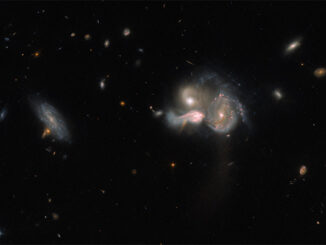
galactic merger

News

Picture This

News

Picture This

News

News

News

News

News

News
